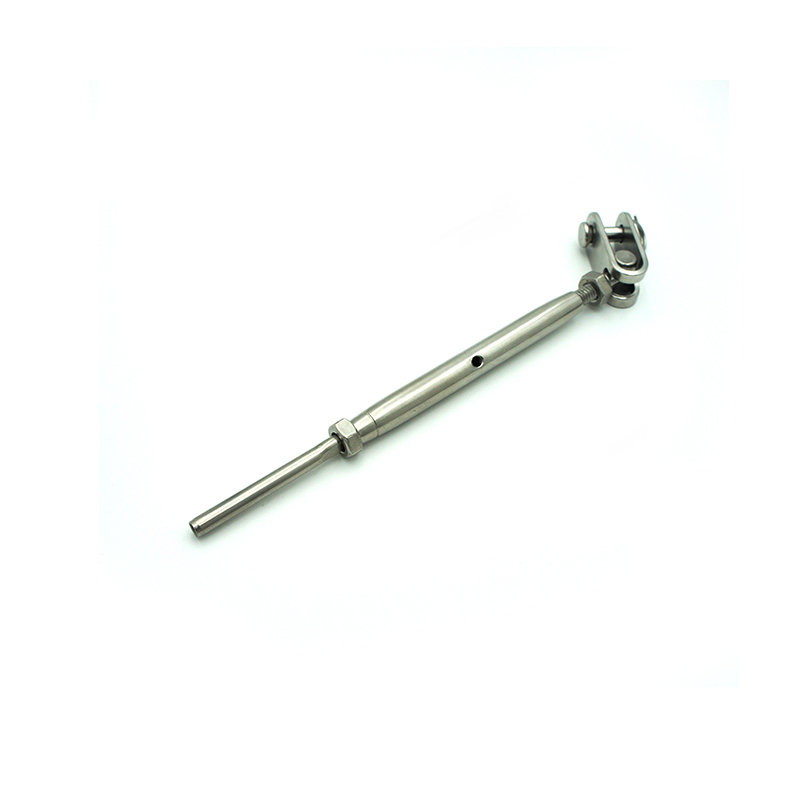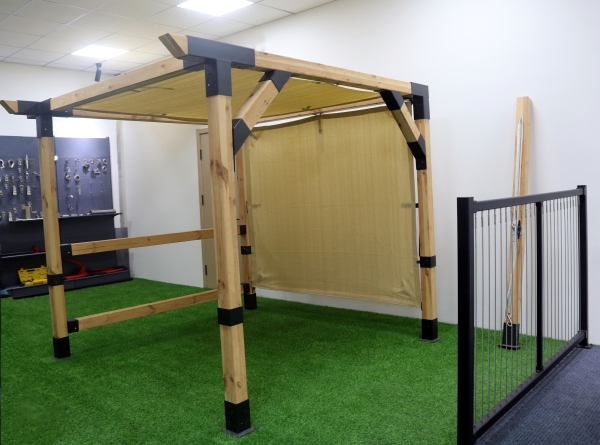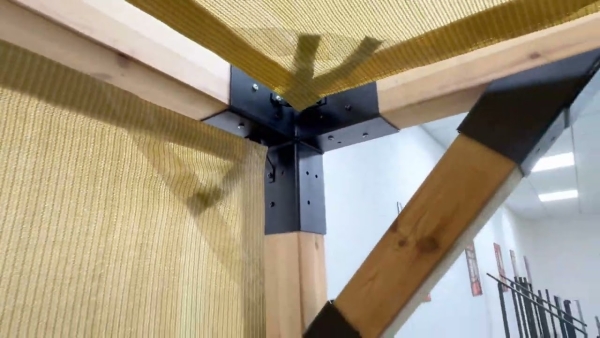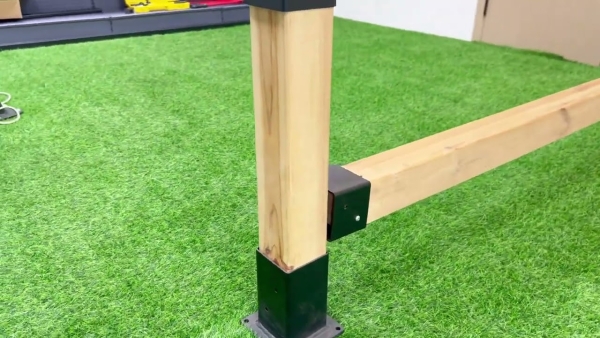Table of Contents
Benefits of Adding a Covered Pergola to Your Outdoor Space
A covered pergola is a popular addition to outdoor spaces, providing both aesthetic appeal and functional benefits. These structures are typically made of wood or metal and feature a roof that provides shade and protection from the elements. In addition to enhancing the visual appeal of a backyard or garden, covered pergolas offer a range of benefits that make them a worthwhile investment for homeowners.
One of the primary benefits of adding a covered pergola to your outdoor space is the shade it provides. The roof of the pergola blocks out the harsh rays of the sun, creating a cool and comfortable area where you can relax and entertain guests. This shade is especially valuable during the hot summer months when spending time outdoors can be uncomfortable without protection from the sun.
In addition to providing shade, a covered pergola can also help to regulate the temperature of your outdoor space. The roof of the pergola acts as a barrier to the sun’s heat, preventing it from warming up the area underneath. This can help to keep your outdoor space cooler and more comfortable, even on the hottest days. By creating a shaded and sheltered area, a covered pergola can extend the usability of your outdoor space throughout the year.

Another benefit of adding a covered pergola to your outdoor space is the protection it offers from the elements. The roof of the pergola provides shelter from rain, snow, and other inclement weather, allowing you to enjoy your outdoor space even when the weather is less than ideal. This protection can help to preserve your outdoor furniture and other belongings, as well as provide a safe and dry space for outdoor activities.
In addition to the practical benefits of shade and protection, a covered pergola can also enhance the aesthetic appeal of your outdoor space. These structures come in a variety of styles and designs, allowing you to choose a pergola that complements the architecture of your home and the landscaping of your yard. Whether you prefer a traditional wooden pergola or a modern metal design, adding a covered pergola can add a touch of elegance and sophistication to your outdoor space.
Furthermore, a covered pergola can also increase the value of your home. These structures are a desirable feature for many homebuyers, as they provide a functional and attractive outdoor living space. By adding a covered pergola to your property, you can enhance its curb appeal and make it more appealing to potential buyers in the future.
In conclusion, adding a covered pergola to your outdoor space offers a range of benefits that make it a worthwhile investment for homeowners. From providing shade and protection from the elements to enhancing the aesthetic appeal of your outdoor space, a covered pergola can transform your backyard or garden into a comfortable and stylish retreat. Whether you are looking to create a relaxing outdoor oasis or increase the value of your home, a covered pergola is a versatile and practical addition that can enhance your outdoor living experience.
Step-by-Step Guide to Building a Pergola with a Cover
Building a pergola with a cover can be a great addition to any outdoor space, providing shade and protection from the elements. In this step-by-step guide, we will walk you through the process of constructing a covered pergola, from planning and design to construction and finishing touches.
The first step in building a covered pergola is to carefully plan and design the structure. Consider the size and shape of your outdoor space, as well as the desired function of the pergola. Will it be used for dining, lounging, or as a garden feature? Once you have a clear vision for your pergola, you can begin to sketch out a design and create a materials list.
Next, it is important to choose the right materials for your pergola. Cedar and redwood are popular choices for outdoor structures, as they are durable and weather-resistant. You will also need to select a cover material, such as canvas or polycarbonate panels, that will provide the desired level of shade and protection.
With your materials in hand, it is time to start construction. Begin by marking out the location of the pergola and digging post holes to the appropriate depth. Use a level to ensure that the posts are plumb and secure them in place with concrete. Once the posts are set, you can begin to attach the beams and rafters, following your design plan carefully.
As you build the frame of the pergola, be sure to take your time and double-check your measurements to ensure a sturdy and level structure. Once the frame is complete, you can install the cover material, securing it in place with screws or clips. Be sure to leave some overhang on the sides to provide extra shade and protection from the sun.
Finally, it is time to add the finishing touches to your covered pergola. Consider adding decorative elements such as lattice panels, climbing plants, or outdoor lighting to enhance the beauty and functionality of the structure. You may also want to add furniture or accessories to create a comfortable and inviting outdoor space.
In conclusion, building a covered pergola can be a rewarding project that adds value and beauty to your outdoor space. By carefully planning and designing the structure, selecting the right materials, and following a step-by-step construction process, you can create a pergola that will provide years of enjoyment for you and your family. So roll up your sleeves, gather your tools, and get ready to build your own covered pergola today.







